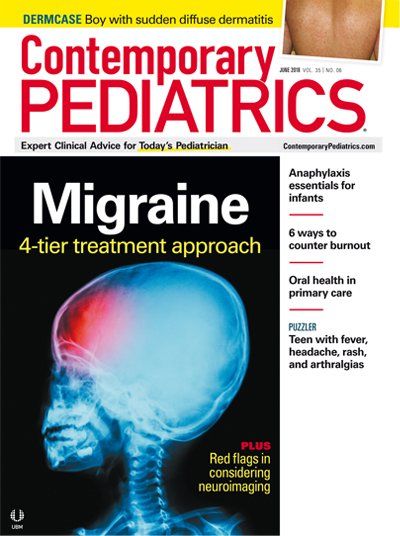Poverty and lack of a car lead to failure to fill prescriptions
A retrospective study of data from a regional community pharmacy chain in the Midwest encompassing 98 zip codes found that almost 1 in 8 new prescriptions for individuals aged up to 18 years went unfilled after the pharmacy received the prescription.
Michael G Burke, MD

A retrospective study of data from a regional community pharmacy chain in the Midwest encompassing 98 zip codes found that almost 1 in 8 new prescriptions for individuals aged up to 18 years went unfilled after the pharmacy received the prescription. This form of nonadherence was significantly associated with living in an area with a high rate of poverty and not having access to a vehicle.
The 54 pharmacies included in the study received about 213,700 prescriptions during the 6-month study period, and 12.2% were unfilled (not picked up within 30 days). Older children, boys, and those with public insurance were slightly more likely to have unfilled prescriptions. Oral anti-infectives were least likely to go unfilled (4.2% of those prescribed), whereas multivitamins and nutritional supplements had the highest rate (29.3%).
Those living in zip codes with the highest poverty rates were 60% more likely not to fill a prescription than those residing in areas with the lowest poverty rates. Investigators found a similar pattern with regard to vehicle access (Hensley C, et al. Pediatrics. 2018;141[4]:e20173402).
Thoughts from Dr. Burke
Lots of steps lie between a provider’s writing a prescription and a patient’s taking it in the right dose at the right time. One of those steps is picking up the prescription. It is more complicated than it might seem and, according to this study, is most difficult in neighborhoods that are poor and in those where fewer residents have a car. Ask your patients if they can get to a pharmacy. Look into pharmacy options close to your office or the patient’s home, and watch for increased use of mail order and medication home-delivery options.

At-risk adolescents with depression less likely to endorse suicidal thoughts on questionnaire
May 6th 2024Investigators sought to evaluate characteristics of adolescents with a history of depression who do not endorse risk via the PHQ item 9, which is commonly used to screen for self-harm and suicide risk.